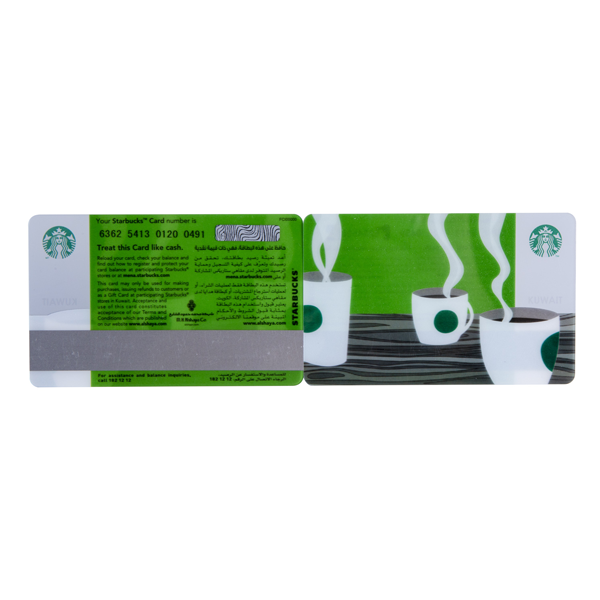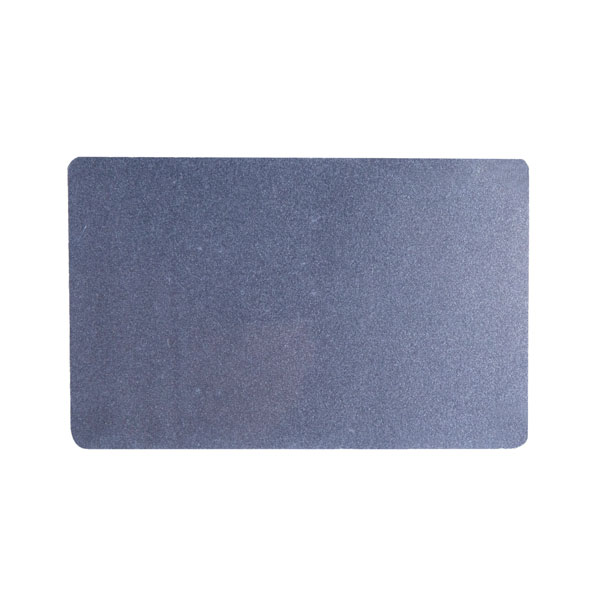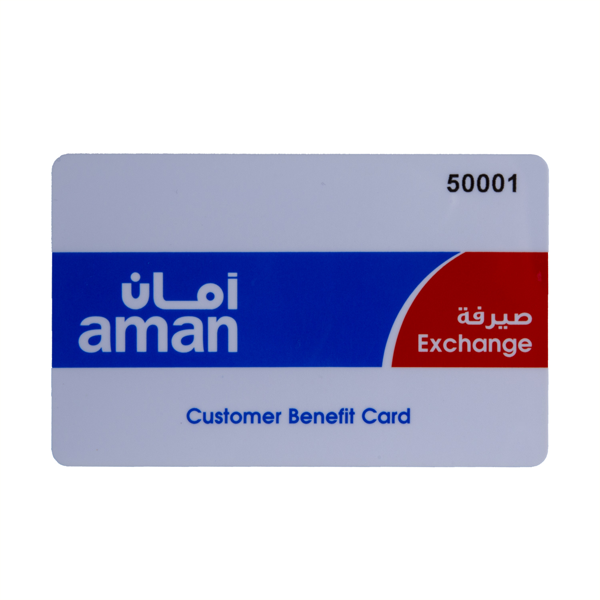Ⅰ. Intelligent management of borrowing and returning of RFID tool warehouse
Tools are indispensable in daily maintenance work. Due to the wide variety of tools, complex specifications, and large quantities, it is very inconvenient to control. RFID technology effectively manages the borrowing and return of tools, querying and tracking the use of tools, and self-service management throughout the entire process, which is of great significance to the safe production of the unit, improving labor efficiency, and maintaining the life cycle of tool assets.
By attaching different RFID tags to the tools to bind the identity of each tool, the tools are automatically identified and collected in the warehouse. RFID technology greatly saves management time and improves work efficiency. The basic information of the tool can be displayed on the staff's computer equipment to facilitate statistics and inquiries.
1. Tags fixed
According to the classification of all tools on site, the most suitable matching RFID tag is selected according to the tools of each category, and it is recommended that each category of tools uniformly select the same fixed location.
2. Data Entry
The chip in the RFID tag can store data, associate the attributes of each item of laundry to be managed with the RFID tag ID in the database for a one-to-one correspondence, and record and track the maintenance cycle of each item.
3. Employee RFID tag card
Each employee is equipped with a corresponding RFID tag, white card tag, and card binding.
Ⅱ. RFID tool management and control operation process
1. Tool purchase and storage
First, before the tool is put into the warehouse, paste or hang the RFID electronic tag on the tool, and enter the tool's product name, model, specification, origin, brand name, packaging and other basic information, and divide the tool category. After the entry and classification are completed, place the tool in the corresponding position of the warehouse and record the location.
2. Tool lending
Read the RFID information of the tool to be loaned through the RFID reader, save the loan time, borrowing department and personnel, borrowing purpose and other related information in the data collector, click the touch screen to confirm, through batch processing or wireless way to upload to the system.
3. Tool return
Use the RFID reader to read the information in the tool tag and check it with the information retained when it is lent. After confirming that it is correct, click the touch screen to confirm the storage, and place the tool in the corresponding position in the warehouse, and the return procedure is complete.
4. Appraisal of measurement tools
According to relevant national regulations, the measurement tools shall be regularly identified by the designated professional testing department. After verification, the verification information is written into the system.
5. Tool scrap
When the tool reaches the designated service life or is damaged and cannot be used, it must be scrapped. After reading the electronic label information of the device through an RFID reader or a handheld terminal, the device is scrapped after the reason for scrapping, the handler, the approver and other relevant information are entered in the system. The scrapped equipment information will be kept in the scrapped tool file information for inquiry.
6. Tool inventory
Enter the inventory state, use the RFID handset to collect the tool tags on the tool rack in turn, enter and upload to the background, through the RFID tags installed on the tools, the number of each tool can be collected, and the background system then collects the inventory of warehouse tools and generate reports for the quantity data.
7. Background system management
Through the RFID tags installed on the tools, the warehousing, lending, return, inventory, and transfer information of each tool can be collected, entered, and uploaded to the background.
 The Smart Nutrition Bottle Uses RFID Technology to Track the Usage of the Seasoning Pod
The Smart Nutrition Bottle Uses RFID Technology to Track the Usage of the Seasoning Pod Five Advantages of Using Contactless IC Card for Membership Card
Five Advantages of Using Contactless IC Card for Membership Card RFID Products Application around Us
RFID Products Application around Us "One Item with One Code" is the Underestimation and Contempt of the RFID Tag
"One Item with One Code" is the Underestimation and Contempt of the RFID Tag Characteristics of IC Chip Cards
Characteristics of IC Chip Cards RFID Technology is an Important Tool for Intelligent Packaging Industry
RFID Technology is an Important Tool for Intelligent Packaging Industry



